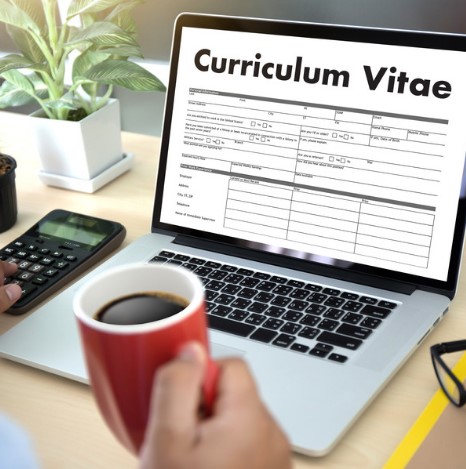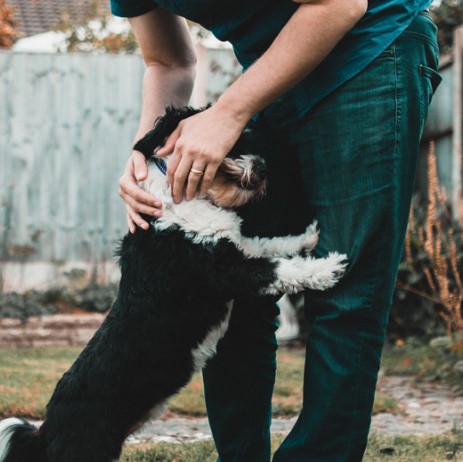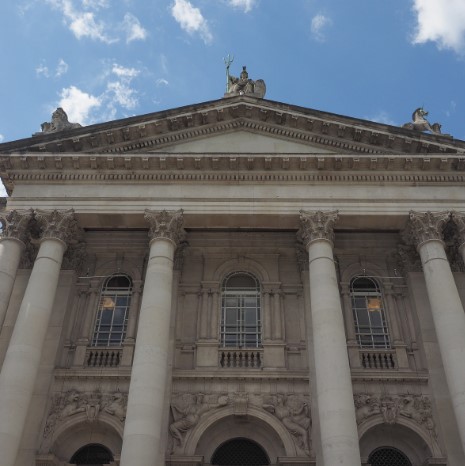
Candidates rarely know it, but today's recruiters work with computer tools that allow them to search through thousands of CVs in large databases. These searches are based on key words: for example, a recruitment consultant would search for "SAP logistics engineer".
As you can see, the smartest candidate, who includes a lot of relevant keywords in his or her CV, will move up in the search results... It is exactly the same principle as for a search engine.
Be careful, however: don't play the fool by slipping in all the pompous keywords that pop into your head if they don't correspond to your profile. You will be wasting your time and the time of others.
Take advantage of your hobbies, showcase yourself
Do you play football? Do you build matchboxes? Do you know that this can help you in your job search?
Let's be concrete: unless you are a footballer (or a supporter...), the recruiter doesn't give a damn if you play in the second national division. On the other hand, the fact that you are a team player and a winner ready to take on challenges will not leave him indifferent.
Take advantage of the "Miscellaneous" section of your CV (at the very bottom) to deliver this kind of sweetness that will leave the reader with a nice taste. Every hobby or pastime can be highlighted in this way.
Some examples:
- Do you make castles out of matches? You are probably patient and meticulous...
- Do you play sports? You are driven by the value of surpassing yourself!
And so on, be imaginative!
Let only the essential remain!
Candidates often tend to want to say everything, to be as complete as possible, to show the full extent of their skills and know-how. This is a mistake: when reading your CV, the recruiter will try to assess your ability to summarise and your sense of priorities.
Opt for a tidy, useful and efficient style. If you have 10 years' experience, filling in two lines talking about your eighth grade internship in a supermarket is just clumsy.
Solid arguments
The recruiter doesn't care about a "Very good capacity to generate turnover", which is pompous and doesn't mean anything. On the other hand, mentioning that during your time in such and such a company, the turnover of your sales activity has increased by 15% in 1 year is a concrete, meaningful and verifiable argument that will score points.
Give your reader something to go on, put forward solid arguments rather than fall into commonplaces.
The same goes for languages: "Spanish read, spoken and written" is an old, overused and generally meaningless adjective. Instead, say "Spanish: able to conduct a conversation, write technical documentation" or something like that: clear and precise.
Your CV must be airy
It is often said that a recruiter only spends 30 seconds looking at a CV before deciding whether or not to look at it in detail (well, I must admit that this practice seems strange to me, but so be it). So you need a rather airy CV, or at least not too busy.
Indeed, it is not very pleasant to receive a CV with a multitude of information, organised or not!
A CV that is too dense will be difficult to read and the recruiter will find it hard to pick out relevant keywords. This will be detrimental to your application.
One page? Several pages?
It's simple: if your experiences require several pages of CV, put several. There is no point in cutting out your experiences, results and tasks if they are relevant.
It's better to have two pages that are rather light and pleasant to read, than one page where the information is not readable.
Keep it small: don't list all the sports you watch on TV or the books you have read, to gain seniority. Keep it relevant to the job objective and the position you are targeting.
Photo or no photo?
This is a debate that is almost as endless as whether you should have a one-page CV or several!
Regarding the photo, feel free to put one or not. Indeed, some people are more comfortable with their image than others, and this in no way prejudges the quality of the application.
In any case, if you don't have a photo, the recruiter will just have to google you to find out what you look like. If you do put a photo, be aware that photos sent via Snapchat with a unicorn filter, flower crown, etc. should remain on Snapchat. Of course, no austere photos, but too much fantasy may slow down the recruiter in reading your CV.
A clear objective
As far as possible, the recruiter should find the reason for your application directly. Indeed, sometimes it is not clear at first glance what the candidate is getting at.
So I advise you to state your objective very clearly, as this will make it easier to read.
Your objective must be clearly indicated but it can remain vague. Indeed, depending on the company, its sector or the position you are looking for, you can allow yourself not to be too specific in your search objective, so as not to close certain doors if there are several positions to be filled.
Do not lie!
Even if you don't have to tell the whole truth, it is not advisable to lie about your experience or qualifications. Many candidates think they can cheat on their application to get their dream job.
If you can make slight adjustments at the margin, you should remain honest and sincere.
If you don't have all the qualities required for a job, apply anyway and tell the recruiter where you can improve and highlight your qualities. A recruiter will appreciate this (well, not all of them, okay) and they may interview you to review your experience and motivation.
Results!
Depending on the position, recruiters will be very sensitive to the indicators provided. For example, if you are applying for a "recruitment officer" position, indicate how many recruitments you have made in your previous experiences (by comparing this number, for example, to the total volume of applications).
For a sales position, indicate the turnover you have generated and the number of clients in your portfolio.
In any case, it is always a good idea to give numerical indicators (not necessarily detailed) so that the recruiter can judge your 'performance' at a glance.
Of course, this advice should be taken with caution because, just as there is a plethora of applications, there is a plethora of recruiters and, depending on their HR marketing strategies, everyone will see through them.
También te puede interesar leer
Adblock test (Why?)






